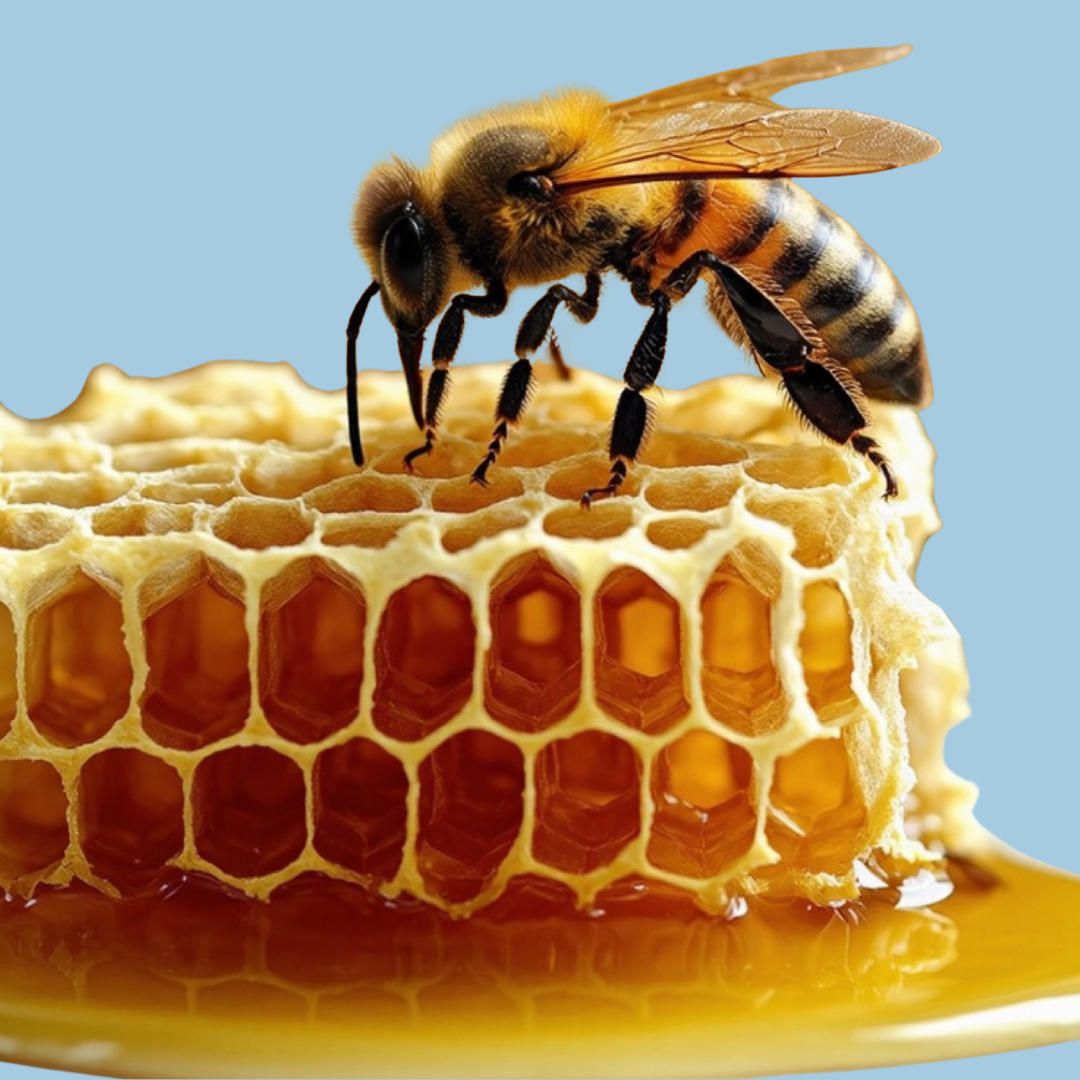Elecampane (Inula helenium)
I. helenium elongs to the Asteraceae/Compositae family. The root includes volatile oils such as alantolactone, isoalantolactone, alantol, alpha- and betabergamotene, beta-pinene, and anethole; amino acids such as aspartic acid, serine, threonine, and glutamic acid; sterols such as stigmasterol and betasitosterol; and thymol derivatives. The roots also include dietary fiber from fructooligosaccharides and inulin. I. helenium root has been used in traditional Chinese health practices for gastrointestinal support, where it is known as tu mu xiang.* I. helenium may help with microbial support, as determined by the agarwell diffusion method.* It may also help with mycelial support.
Jalapa (Ipomoea purga)
Ipomoea Purga commonly known as jalap root and belongs to the Convolvulaceae family. Synonyms for I. purga include Ipomoea jalapa, Ipomoea schiedeana, Convolvulus officinalis, Convolvulus purga and Exogonium purga.10-12 I. purga is a climbing vine that is native to southern Mexico.12 The root has been used in traditional health practices to support gastrointestinal regularity,13 with other potential benefits under current investigation.
Blackberry (R. fruticosus)
R. fruticosus belongs to the Rosaceae family and is commonly known as blackberry. Synonyms for R. fruticosus include R. plicatus, R. affinis, R. canadensis, R. millspaughii, and R. laciniatus.16 R. fruticosus leaves have been traditionally used for microbial support.* The leaves contain phenolic acids such as neo-chlorogenic acid, caffeic acid, gallic acid, p-coumaric acid, and ellagic acid; flavonols such as quercetin, quercetin-3-O-galactoside, quercetin3-O-glucuronide, and kaempferol; flavan-3-ols such as catechin, epicatechin, and epicatechin gallate methyl gallate; ellagitannins such as sanguiin H-6/ lambertianin C, and casuarinin; anthocyanins such as cyanidin-3-O-glucoside; and triterpene acids such as rubinic acid and rubusic acid. They also contain tannins, villosin, gallic acid, and iron. R. fruticosus may also help with microbial support, antioxidant support,19,21 healthy inflammatory response support, neurological support, and gastrointestinal support.
Capirona (Calycophyllum spruceanum)
C. spruceanum belongs to the Rubiaceae family and is commonly known as Capirona. A synonym for this plant is Eukylista spruceana. It is native to the Amazon rainforest and is sometimes called the “Tree of Youth.” It has been used in traditional health practices for healthy inflammatory response support.







